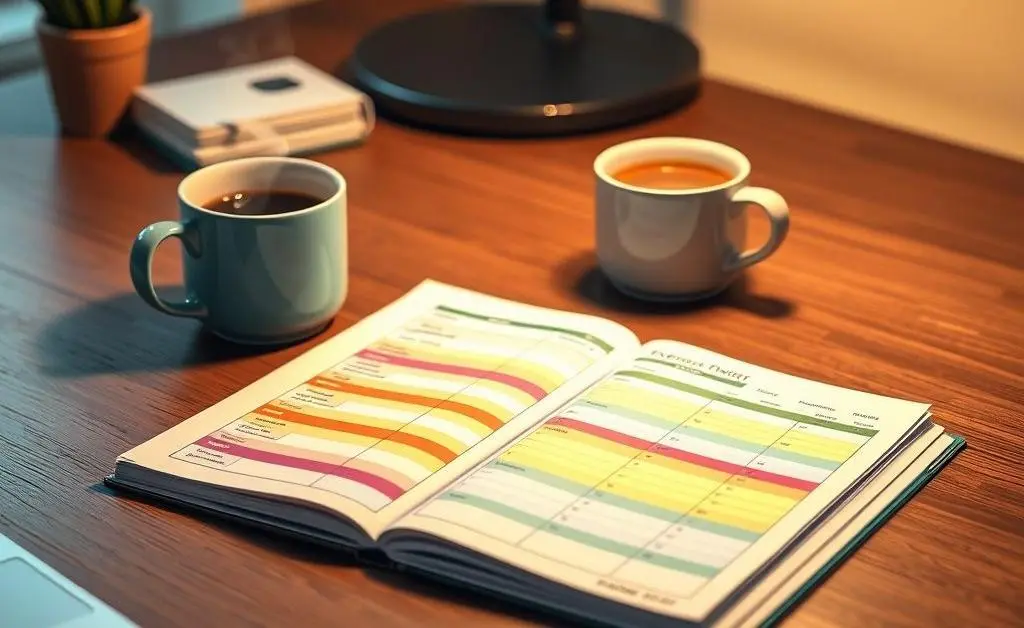How to Build a Rainy Day Fund for Peace of Mind
Discover practical tips on how to start and grow a rainy day fund effortlessly.

Imagine this: it's a blustery night, rain tapping on your window. Instead of settling in with a good book, your mind drifts to a recent unexpected expense—a car repair, perhaps. Does your heart race in panic, or do you rest assured, knowing a rainy day fund has your back?
What is a Rainy Day Fund?
A rainy day fund is a small, accessible sum of money set aside specifically for unforeseen expenses. Unlike an emergency fund, which covers large, life-altering events, this fund is meant for smaller, everyday surprises.

Why You Need One
Having a rainy day fund can transform panic into peace. It eases financial stress by ensuring you don't need to dip into your main savings. Think of it as a financial cushion for life's little bumps.
Simple Steps to Start Your Fund
- Set a Goal: Determine how much you'll need. A good rule of thumb is $500 to $1,000.
- Automate Savings: Set up automatic transfers to your savings account each payday.
- Cut Unnecessary Expenses: Review your spending habits and pinpoint areas to streamline.
Consider Jane's story: She began her fund by cutting back on dining out and set up an automatic $25 transfer to her savings each week. Within months, she had enough to cover an unexpected auto repair without breaking a sweat.
Growing and Maintaining Your Fund

Consistency is key. Treat your fund like a regular bill, non-negotiable and necessary. If possible, funnel windfalls like bonuses or tax returns into your fund. Regularly reassess your goal as your financial situation evolves.
Final Thoughts: Financial Peace in Rainy Weather
Building a rainy day fund may seem daunting, but the comfort it provides is invaluable. So, next time you hear the pitter-patter of rain, ask yourself: how prepared am I? With a little planning and commitment, you can find peace of mind no matter what life throws your way. What's your first step towards starting a rainy day fund?




